Mashed potatoes are a classic comfort food. They’re a staple in many households, loved for their creamy texture and rich flavor.
But have you ever wondered how to make the perfect mashed potatoes? How to achieve that creamy, fluffy texture that melts in your mouth?
In this comprehensive guide, we’ll explore the art of making mashed potatoes. We’ll delve into the history of this beloved dish, the best potatoes to use, and the essential tools you’ll need.
We’ll also provide a step-by-step guide to making classic mashed potatoes. From preparing your potatoes to the mashing process, we’ll cover it all.

But that’s not all. We’ll also explore how to achieve creaminess in your mashed potatoes, and even how to make a delicious mashed potatoes with cheese recipe.
We’ll discuss how to pair mashed potatoes with main courses, making it the perfect side dish. And we’ll explore special variations of mashed potatoes, including loaded, vegan, and buttermilk recipes.
We’ll also look at creative twists on the classic recipe. From fried mashed potatoes to global inspirations, we’ll show you how to take your mashed potatoes to the next level.
We’ll also cover health and dietary considerations, and how to store and reheat your mashed potatoes.
Whether you’re a beginner cook or an experienced chef, this guide has something for you. So let’s dive in and explore the world of mashed potatoes.
Table of Contents
The History and Evolution of Mashed Potatoes
Mashed potatoes have a rich history. They trace their roots back to the 16th century when Spanish explorers brought potatoes back from South America.
The dish quickly spread across Europe. It became a staple in many cuisines due to its versatility and the potato’s ability to grow in diverse climates.
The classic mashed potatoes recipe we know today, however, didn’t emerge until the 18th century. This was when the process of boiling and mashing potatoes, then adding milk and butter, became popular.
Over time, mashed potatoes have evolved. Chefs and home cooks alike have experimented with different ingredients and techniques. This has led to a variety of mashed potato recipes, from the traditional to the innovative.
Today, mashed potatoes are a beloved dish worldwide. They’re a comfort food, a holiday staple, and a canvas for culinary creativity. Whether served as a side dish or the main event, mashed potatoes continue to delight with their creamy, comforting goodness.
Selecting the Perfect Potatoes
Choosing the right type of potato is crucial for making perfect mashed potatoes. The type of potato you use can significantly impact the texture and flavor of your dish.
There are three main types of potatoes: russet, Yukon gold, and red. Each has its unique characteristics and uses in the kitchen.
Russet potatoes, also known as Idaho potatoes, are high in starch. This makes them ideal for mashing as they break down easily, resulting in fluffy and light mashed potatoes.
Yukon gold potatoes, on the other hand, have a medium starch content. They are known for their buttery flavor and creamy texture when mashed. Many chefs prefer Yukon golds for their balanced flavor and texture.
Red potatoes are low in starch and have a waxy texture. They hold their shape well when cooked, making them less ideal for mashing. However, if you prefer your mashed potatoes with a bit more texture, red potatoes can be a good choice.
Remember, the key to perfect mashed potatoes lies in selecting the right potato for your desired outcome. Experiment with different types to find your personal preference.
Mashed Potatoes

Creating the perfect mashed potatoes is an art. It's about more than just mashing boiled potatoes. It's about choosing the right potatoes, cooking them correctly, and adding the right amount of butter, milk, and seasonings.
- 5 pounds Potatoes
- 1/2 cup Butter
- 2 cups Parmesan cheese
- 1 cup chopped fresh chives
- 1 1/2 cups cream cheese
- 1/2 medium head garlic (peeled and minced)
- 1 pinch salt and pepper to taste
- Bring a pot of salted water to a boil. Add potatoes; cook until tender but still firm. Drain and return to stove over low heat to dry for 1 to 2 minutes.
- Add butter, Parmesan cheese, chives, cream cheese, garlic, salt, and pepper. Use a potato masher to mash until smooth, and serve.
Mashed potatoes are a versatile side dish that pairs well with a variety of main courses. They are a staple in comfort food, providing a creamy, satisfying base for many dishes.
Essential Tools for Making Mashed Potatoes
Making mashed potatoes requires a few essential tools. These tools can make the process easier and help you achieve the perfect texture.
Firstly, a good quality potato peeler is a must. It makes peeling potatoes quick and easy, saving you a lot of time.
Next, you’ll need a large pot for boiling the potatoes. Choose a pot that’s big enough to hold all your potatoes and enough water to cover them.
When it comes to mashing the potatoes, there are several tools you can use:
- A hand masher: This is the most traditional tool for mashing potatoes. It’s simple to use and gives you control over the texture of your mash.
- A potato ricer: This tool presses cooked potatoes into rice-like pieces, resulting in a very smooth and creamy texture.
- An electric mixer: This can make the mashing process quicker and easier. However, be careful not to overmix as this can make the potatoes gluey.
Finally, a large mixing bowl is needed to mix in your butter, milk, and seasonings.
Step-by-Step Guide to the Classic Mashed Potatoes Recipe
Creating the perfect mashed potatoes is an art. It’s about more than just mashing boiled potatoes. It’s about choosing the right potatoes, cooking them correctly, and adding the right amount of butter, milk, and seasonings.
In this guide, we’ll walk you through the process step by step. We’ll start with preparing the potatoes, move on to the mashing process, and finish with seasoning.
By the end of this guide, you’ll have a bowl of creamy, flavorful mashed potatoes that are sure to impress.
Preparing Your Potatoes
The first step in making mashed potatoes is to prepare your potatoes. Start by choosing the right type of potatoes. Russet potatoes are a popular choice due to their high starch content, which makes for fluffy mashed potatoes.
Next, peel your potatoes. Some people prefer to leave the skins on for added texture and nutrients, but for creamy mashed potatoes, peeling is recommended.
Once your potatoes are peeled, cut them into equal-sized pieces. This ensures they cook evenly.
The Mashing Process
After your potatoes are cooked and drained, it’s time to mash them. You can use a hand masher, a potato ricer, or an electric mixer.
If you’re using a hand masher, press down on the potatoes until they’re broken up. Then, continue mashing until they reach your desired consistency.
For a smoother texture, a potato ricer or electric mixer can be used. Just be careful not to overmix, as this can make the potatoes gluey.
“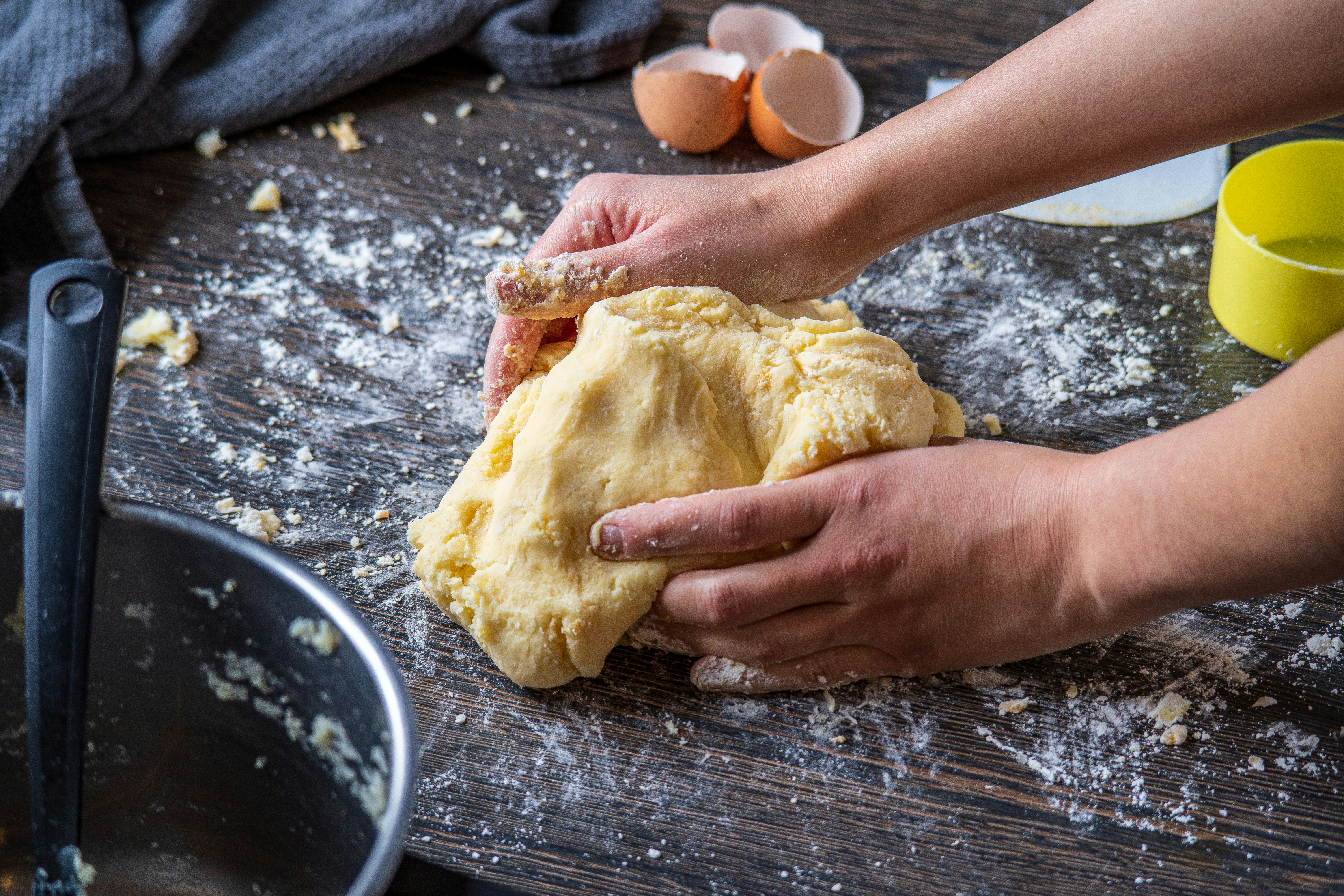
Seasoning Your Mashed Potatoes
The final step in making mashed potatoes is seasoning. This is where you can really customize your mashed potatoes to your taste.
Start with butter and milk. Warm them together before adding to the potatoes for a smoother, creamier texture.
Next, add salt and pepper. Start with a small amount, then taste and adjust as needed.
For added flavor, consider mixing in roasted garlic, fresh herbs, or cheese. Just remember, the key to great mashed potatoes is balance. You want to enhance the flavor of the potatoes, not overpower it.
“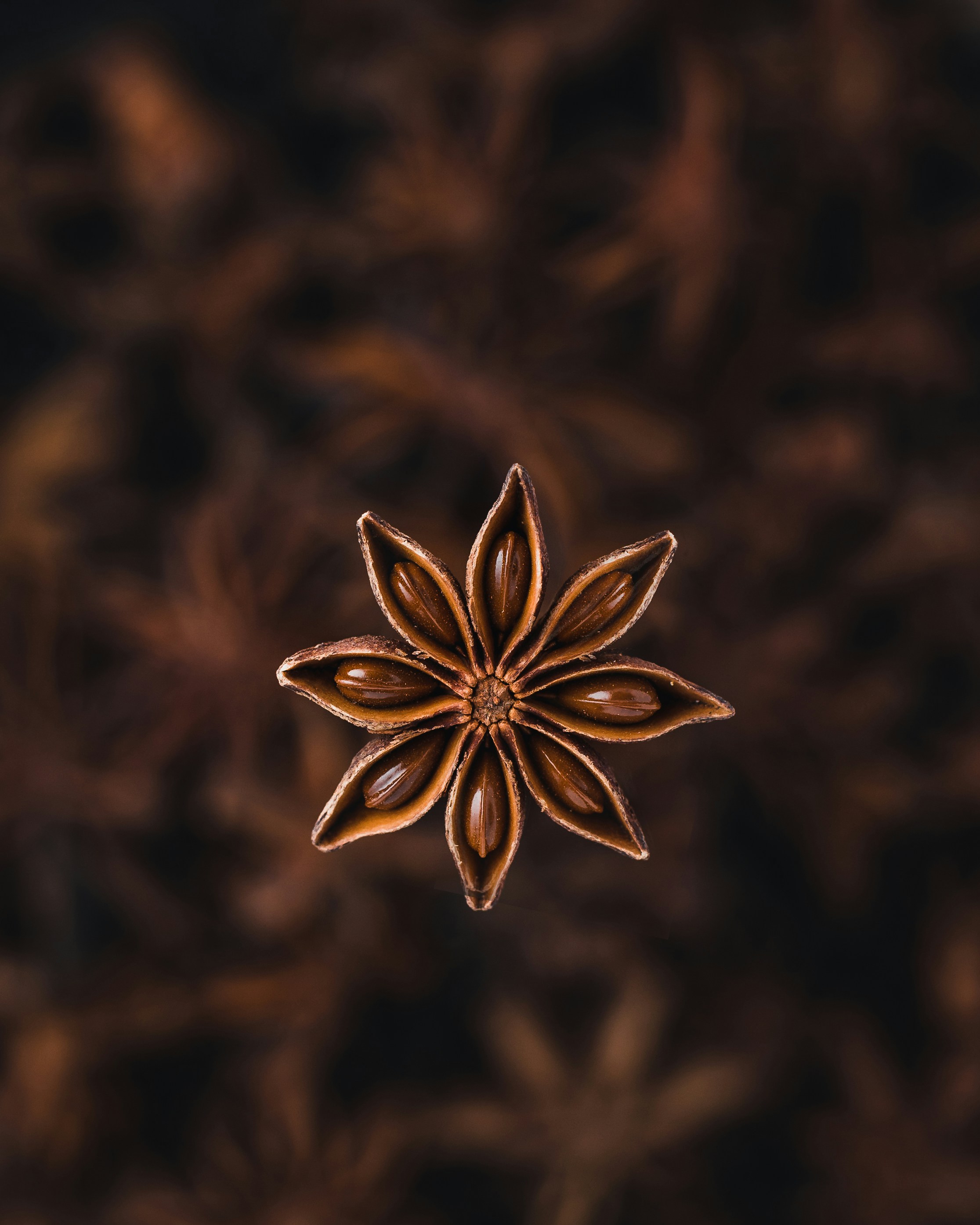
Milk and Butter: Achieving Creaminess
The secret to creamy mashed potatoes lies in the use of milk and butter. These two ingredients add richness and creaminess to the potatoes, transforming them from a simple side dish into a comfort food classic.
“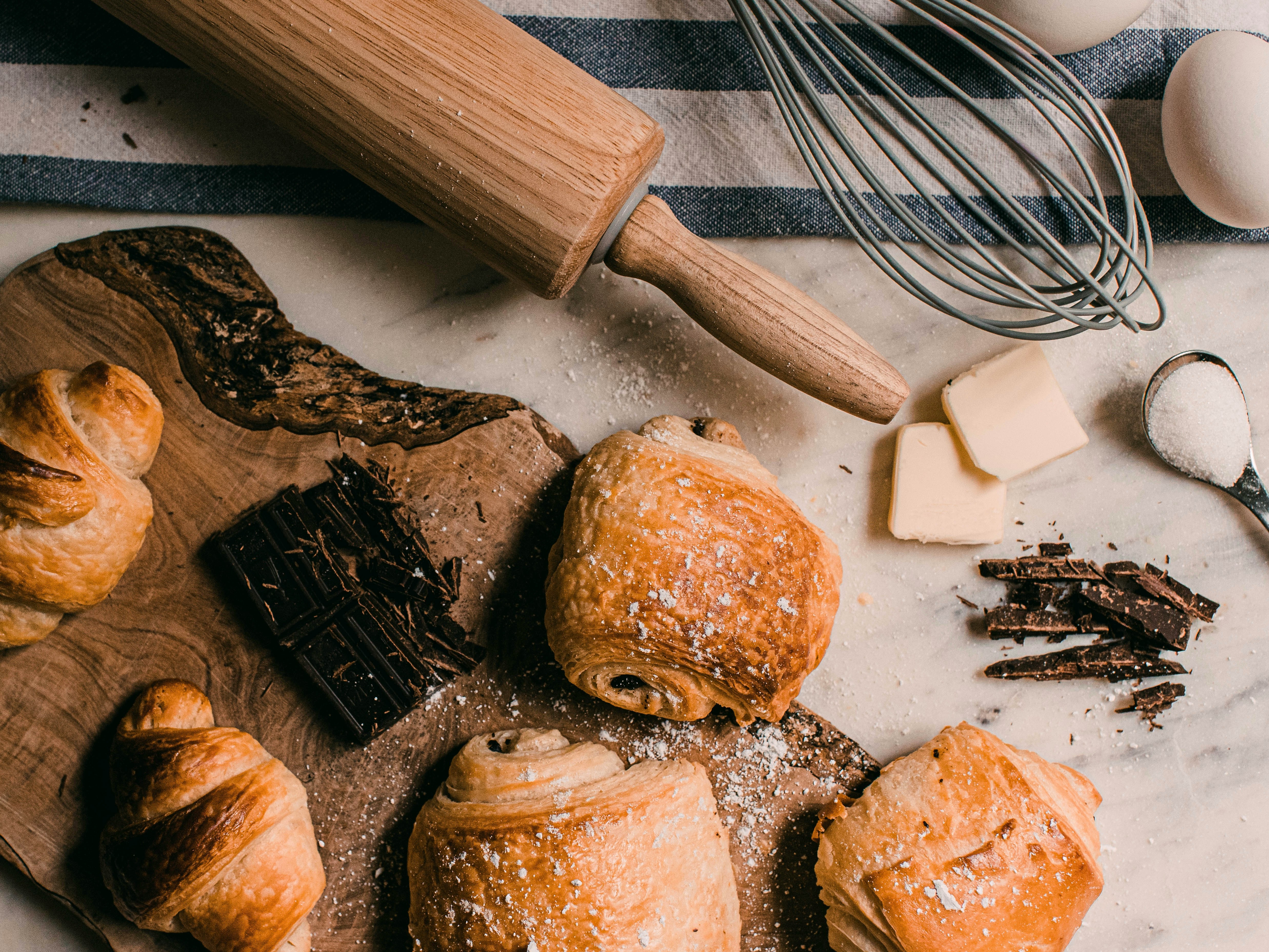
Butter is the first ingredient to consider. It adds a rich, savory flavor to the potatoes. For the best results, use unsalted butter. This allows you to control the amount of salt in the recipe.
Next, consider the type of milk you use. Whole milk is a popular choice due to its high fat content, which contributes to the creaminess of the mashed potatoes. However, you can also use cream for a richer flavor, or buttermilk for a tangy twist.
Remember, the key to creamy mashed potatoes is to warm your milk and butter before adding them to the potatoes. This ensures they blend smoothly and evenly, resulting in the creamiest mashed potatoes possible.
Cheese Please: Mashed Potatoes with Cheese Recipe
Adding cheese to your mashed potatoes can take them to a whole new level of deliciousness. Cheese adds a depth of flavor and a creamy texture that is simply irresistible.
“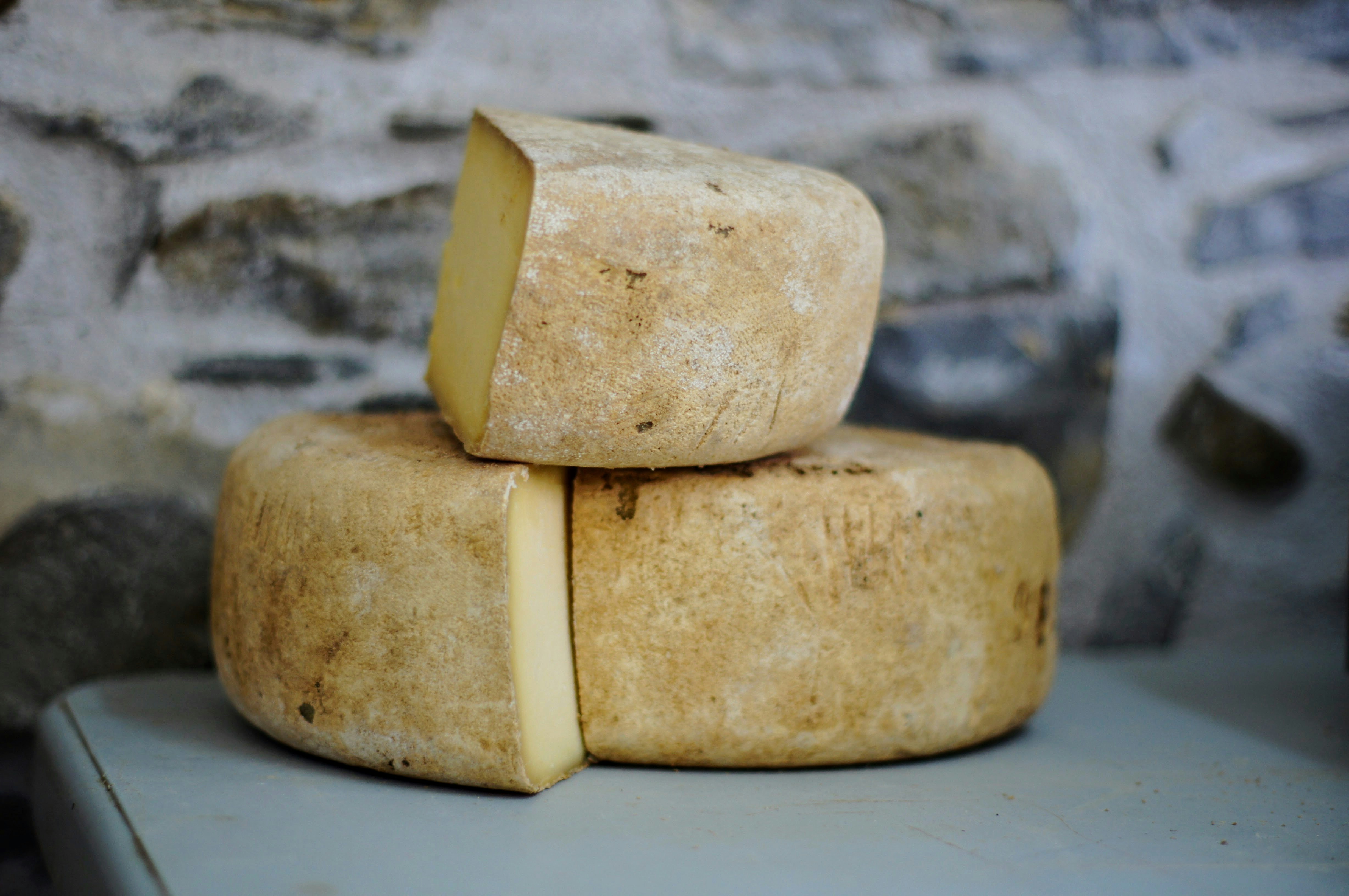
There are many types of cheese you can use in your mashed potatoes. Some popular choices include sharp cheddar, Parmesan, and Gouda. Each type of cheese adds its own unique flavor to the dish.
Here’s a simple recipe to try:
- Prepare your mashed potatoes as usual.
- Once the potatoes are mashed, stir in 1 cup of shredded cheese until it’s fully melted and incorporated.
- Taste and adjust the seasoning as needed.
Remember, the key to a great mashed potatoes with cheese recipe is to use a cheese that melts well and complements the flavor of the potatoes. So feel free to experiment with different types of cheese to find your perfect match.
Comfort Food: Pairing Mashed Potatoes with Main Courses
Mashed potatoes are a versatile side dish that pairs well with a variety of main courses. They are a staple in comfort food, providing a creamy, satisfying base for many dishes.
“
Here are some classic pairings that never fail to please:
- Roast Chicken: The savory juices from the chicken complement the creamy mashed potatoes perfectly.
- Steak: A juicy steak with a side of mashed potatoes is a classic combination that’s hard to beat.
- Meatloaf: The hearty flavors of meatloaf pair well with the creamy, comforting taste of mashed potatoes.
- Grilled Fish: For a lighter option, try pairing mashed potatoes with a piece of grilled fish.
- Vegetarian Dishes: Mashed potatoes can also be paired with vegetarian dishes like grilled vegetables or a hearty salad.
Remember, the best pairings are the ones that you enjoy the most. So feel free to experiment with different combinations to find your perfect match.
Special Variations of Mashed Potatoes
Mashed potatoes are a versatile dish. They can be enjoyed in their simplest form or dressed up with a variety of ingredients.
“
Here are some popular variations:
- Loaded Mashed Potatoes: These are packed with flavor, including cheese, bacon, and green onions.
- Vegan Mashed Potatoes: A dairy-free version that uses plant-based milk and butter.
- Buttermilk Mashed Potatoes: These have a tangy twist, thanks to the addition of buttermilk.
Each variation offers a unique flavor profile. Let’s explore each one in more detail.
Loaded Mashed Potatoes Recipe
Loaded mashed potatoes are a crowd-pleaser. They’re packed with tasty ingredients like cheese, bacon, and green onions.
“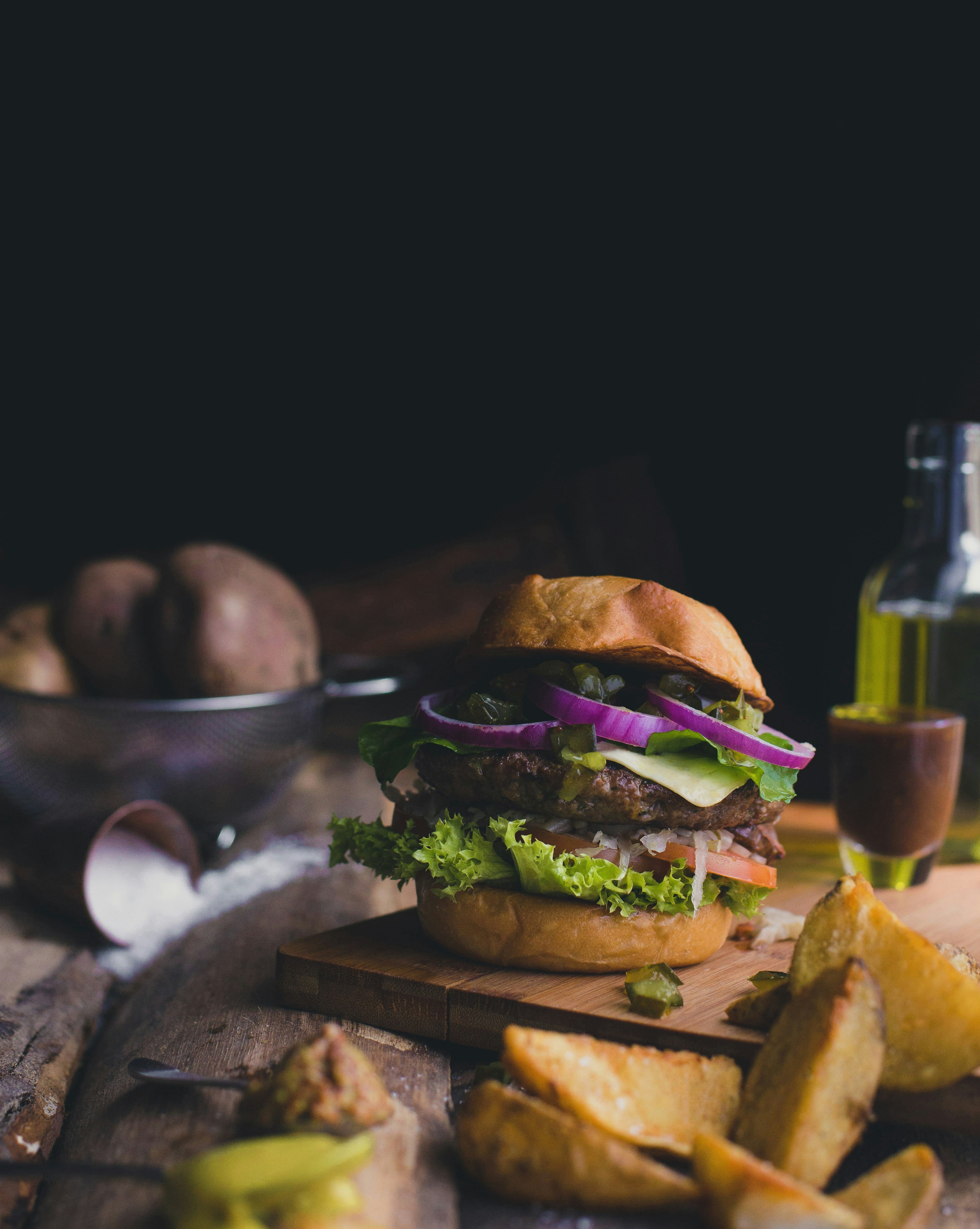
The key to a great loaded mashed potatoes recipe is balance. You want to ensure that no single ingredient overpowers the others. The result is a flavorful, hearty side dish that’s perfect for any occasion.
Vegan Mashed Potatoes Recipe
Vegan mashed potatoes are a delicious, dairy-free alternative. They use plant-based milk and butter to achieve a creamy texture.
“
Despite being dairy-free, vegan mashed potatoes are just as satisfying as their traditional counterparts. They’re a great option for those following a vegan diet or anyone looking to reduce their dairy intake.
Buttermilk Mashed Potatoes Recipe
Buttermilk mashed potatoes have a tangy twist. The buttermilk adds a subtle tang that complements the creaminess of the potatoes.
“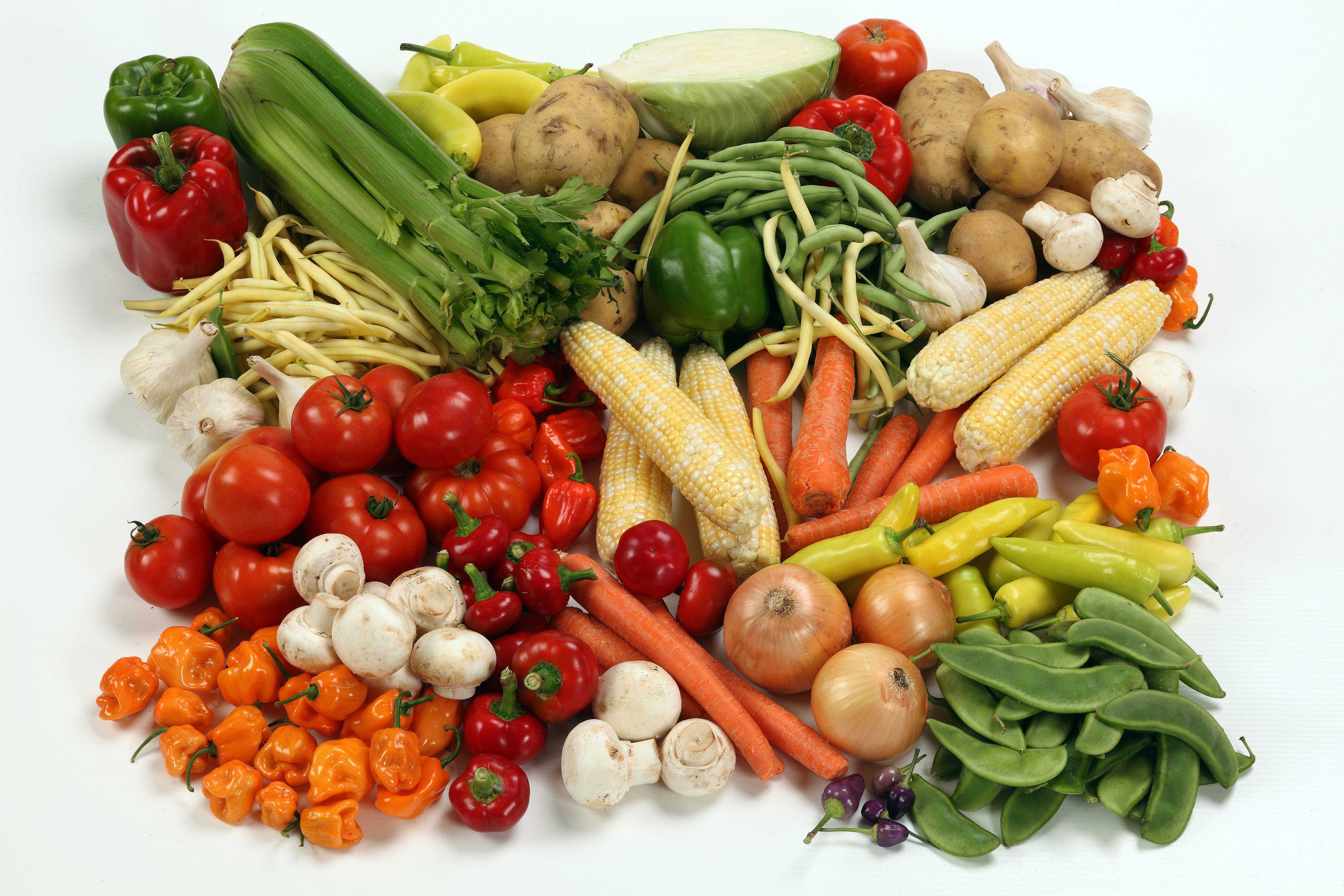
This variation is perfect for those who enjoy a bit of tang in their dishes. The buttermilk also helps to create a lighter, fluffier texture. It’s a simple twist that makes a big difference.
Creative Twists: From Fried to Global Inspirations
Mashed potatoes are a canvas for creativity. They can be transformed in countless ways, from frying to incorporating global flavors.
Here are two creative twists:
- Fried Mashed Potatoes: These are a great way to repurpose leftovers and add a crispy texture.
- International Mashed Potato Dishes: Mashed potatoes are enjoyed worldwide, with each culture adding its unique spin.
Let’s delve into these creative twists.
Fried Mashed Potatoes Recipe
Fried mashed potatoes are a delicious way to use up leftovers. They’re crispy on the outside and creamy on the inside.
“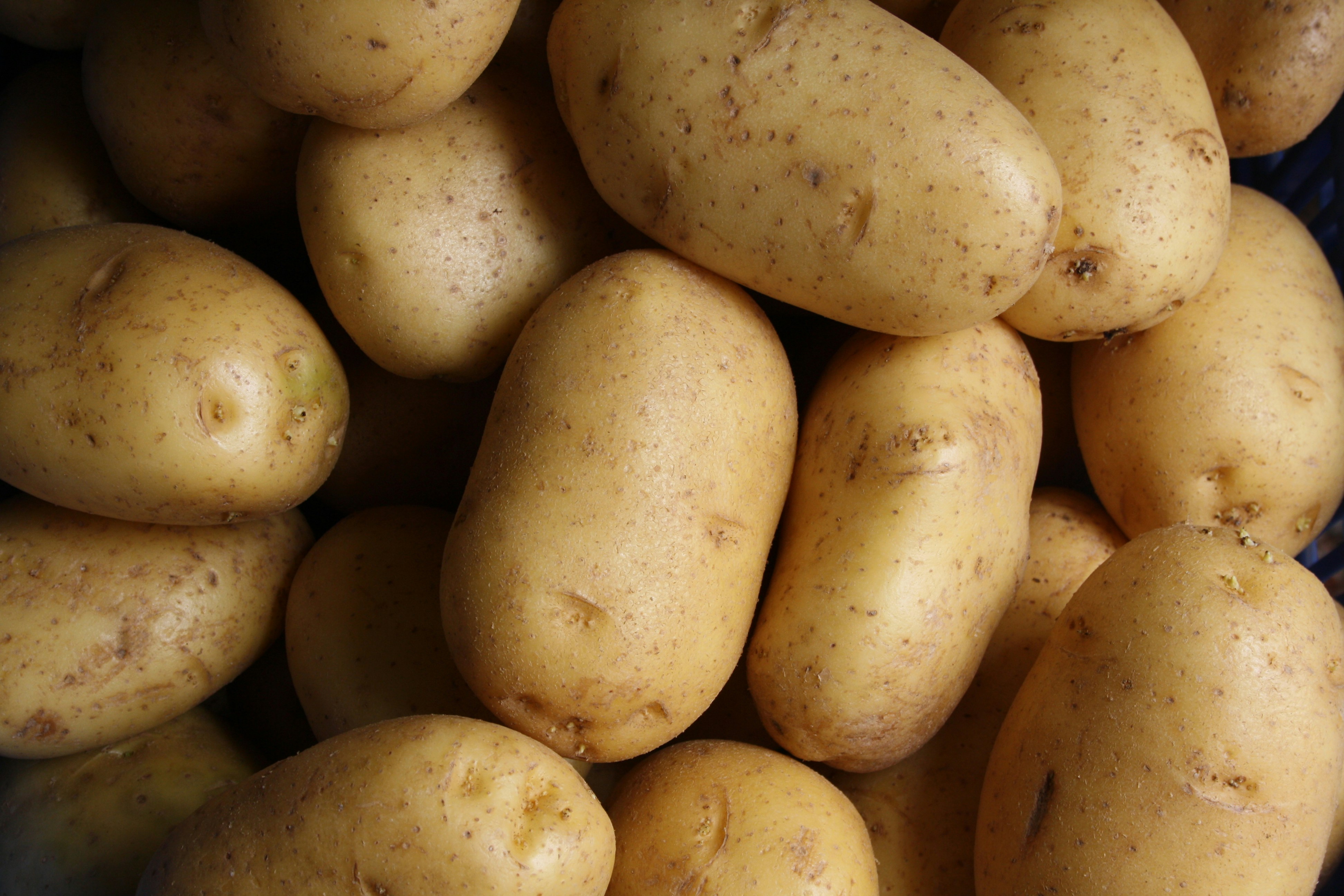
This recipe is a great way to add a new texture to your mashed potatoes. It’s also a fun and tasty alternative to traditional mashed potatoes.
International Mashed Potato Dishes
Mashed potatoes are a global dish. Each culture has its own unique take, from the Irish colcannon to the French aligot.
Exploring international mashed potato dishes is a great way to experience new flavors. It’s also a testament to the versatility of this humble dish.
Health and Dietary Considerations
Mashed potatoes are more than just a tasty side dish. They also offer several health benefits.
“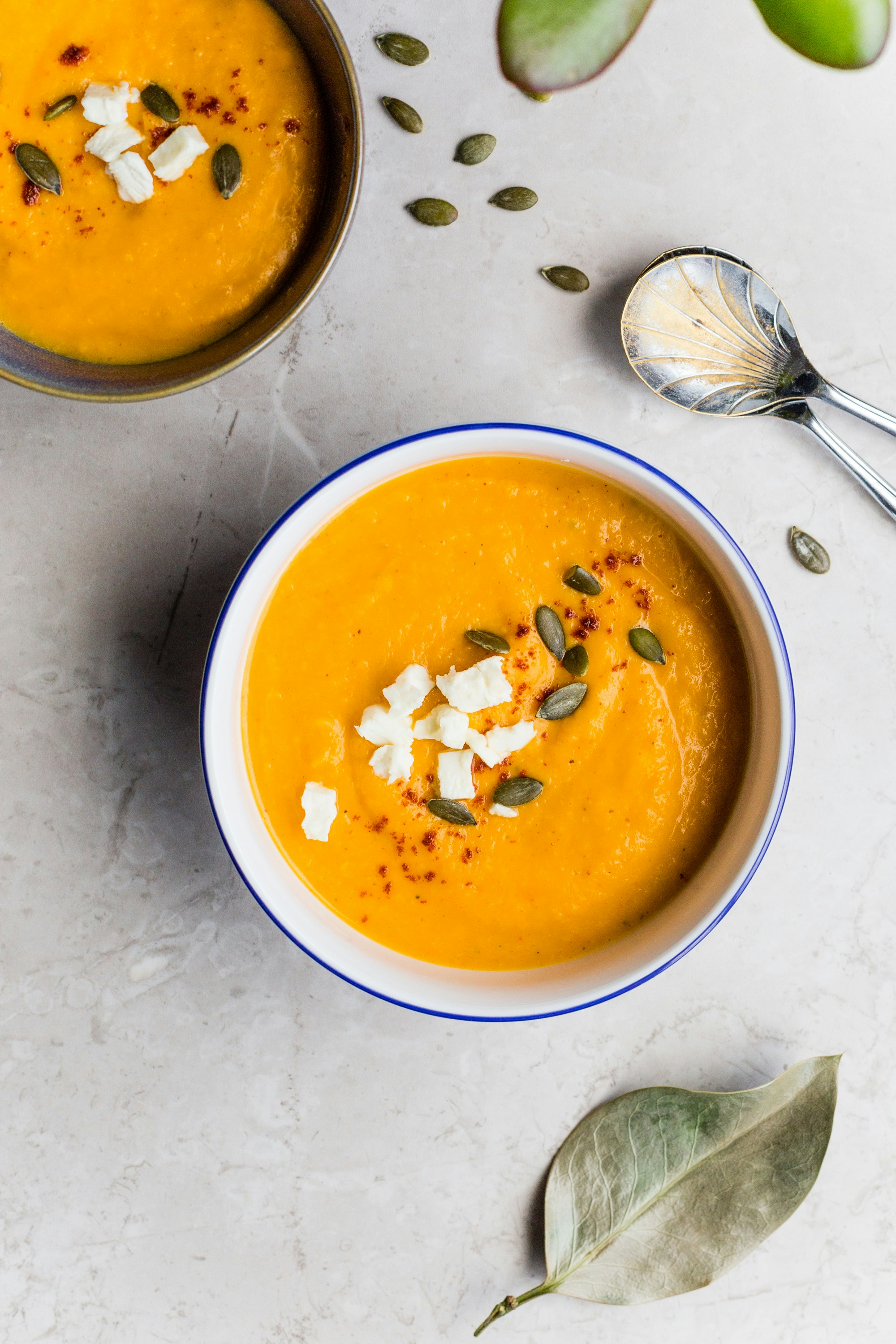
Potatoes are a good source of vitamins and minerals. They’re rich in vitamin C, potassium, and B vitamins. They also provide dietary fiber, especially when the skin is left on.
However, it’s important to note that the nutritional value can change depending on the ingredients used. For instance, adding butter and cream increases the calorie and fat content.
For those with dietary restrictions, there are alternatives. You can make vegan mashed potatoes using plant-based milk and butter. For a lower-carb option, try using cauliflower instead of potatoes.
Remember, moderation is key. Enjoy your mashed potatoes as part of a balanced diet.
Storing and Reheating Mashed Potatoes
Mashed potatoes are a great make-ahead dish. They can be stored in the fridge or freezer for later use.
Here are some tips for storing and reheating mashed potatoes:
- Store in an airtight container in the fridge for up to 3 days.
- For longer storage, freeze them. They can last up to a month in the freezer.
- To reheat, thaw in the fridge overnight if frozen. Then, warm in the microwave or on the stovetop. Add a splash of milk or cream to restore creaminess.
Remember, the texture might change slightly after freezing. But with the right reheating technique, your mashed potatoes can still be delicious and creamy.
Conclusion: The Joy of Mashed Potatoes
Mashed potatoes are more than just a side dish. They are a symbol of comfort, a canvas for creativity, and a testament to the joy of simple, good food.
“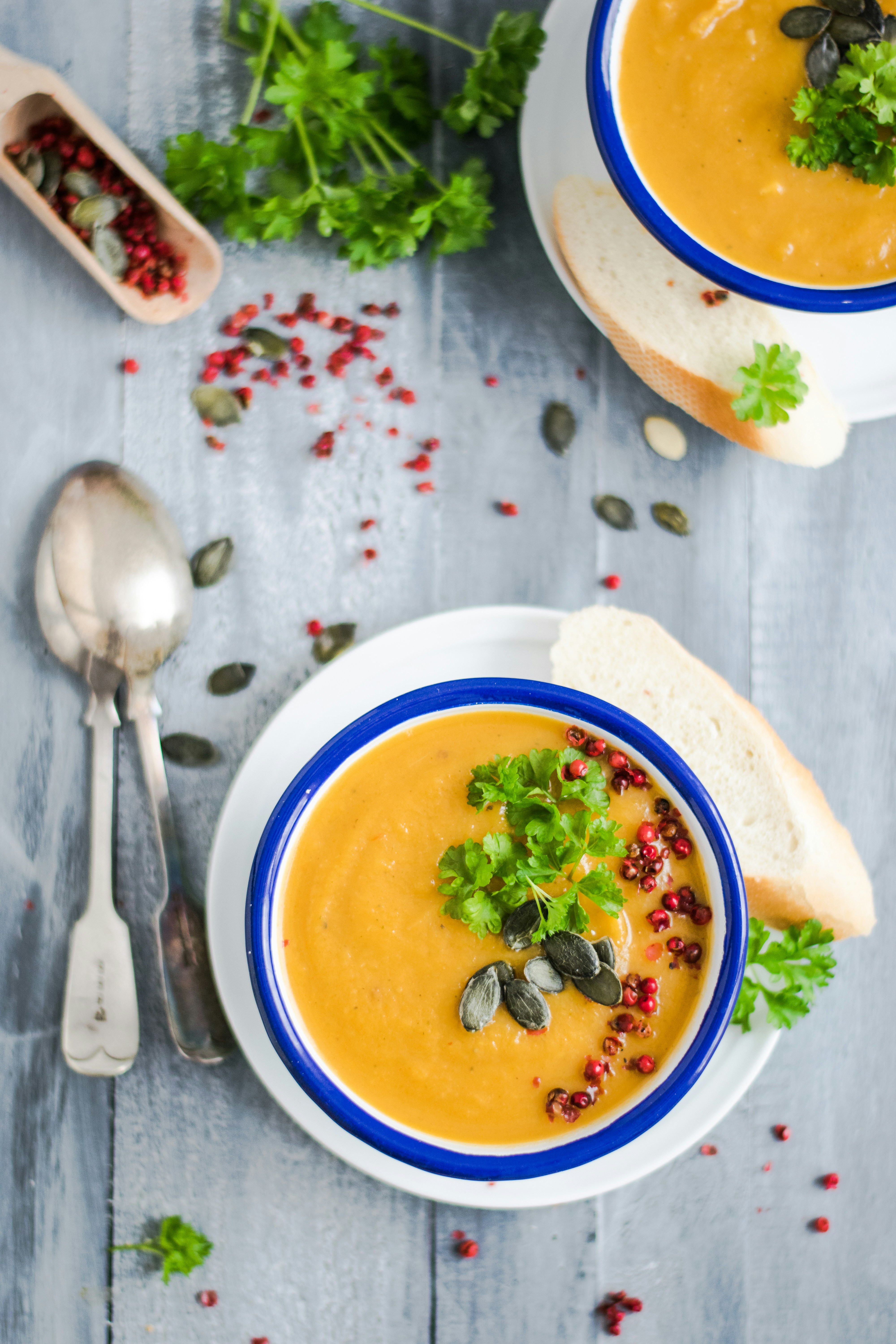
Whether you stick to the classic recipe or venture into new variations, the process of making mashed potatoes is a culinary journey worth taking. So, grab your potatoes, roll up your sleeves, and let’s make some creamy, delicious mashed potatoes. Happy cooking!
Frequently Asked Questions
In this section, we’ll address some common questions about making mashed potatoes. These tips and tricks will help you perfect your mashed potato game.
What type of potato is best for mashing?
Russet potatoes are often favored for their high starch content, which makes for fluffy mashed potatoes. Yukon Gold potatoes are also a good choice, offering a buttery flavor and creamy texture.
How can I make my mashed potatoes creamier?
The key to creamy mashed potatoes lies in the addition of dairy. Butter, milk, and cream all contribute to a rich, creamy texture. Warming your dairy before adding it to the potatoes can also help achieve a smoother consistency.
Can I make mashed potatoes ahead of time?
Yes, you can make mashed potatoes ahead of time. After cooking, let them cool, then cover and refrigerate. When ready to serve, reheat them slowly on the stove, adding a bit of milk or cream to restore creaminess.
Why are my mashed potatoes gummy?
Overworking the potatoes can lead to a gummy texture. This happens when the potatoes are overcooked or mashed too vigorously, releasing too much starch. To avoid this, mash the potatoes gently and just until they reach your desired consistency.

